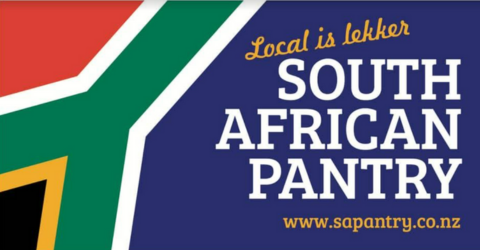Kāpiti commuters are a step closer to getting a modern fares and ticketing system for Wellington’s public transport, where customers use one electronic payment system for all their travel now that a full investigation of the system has begun.
A report to the Greater Wellington Regional Council meeting next Wednesday (10 December) says an integrated fares and ticketing system will transform the delivery of public transport in the Wellington region.
Using the same payment method on buses, trains and harbour ferries will also make it easier to find public transport information. Integration will provide a seamless and consistent customer experience across the whole network, says the report.
Paul Swain, the Regional Council’s Public Transport Portfolio Leader, says a modern payment system, using smart technology, will be a massive improvement for public transport customers. “Using the same payment system for all bus, train and harbour ferry travel will make travelling on public transport so much easier and more convenient.
“Another great feature and key aim of the new system is that customers will be able to transfer between services without incurring any additional fees. This will be absolutely crucial when the new Wellington City bus network comes into being in 2017. The new network will involve more connections between outer-suburban ‘feeder’ services and inner-city core services. Integrated fares and ticketing will make this very easy and affordable.”
The current investigation will explore everything that needs to be done to introduce a new integrated fares and ticketing system, along with how much it will cost. When that’s completed, a business case will be presented to both the Regional Council and the NZ Transport Agency in the middle of next year. Approval of the business case will enable funding of the next stage – tendering for the development of a new system. The new system is likely to be rolled out first for rail in the middle of 2017, followed by harbour ferries then buses.






















